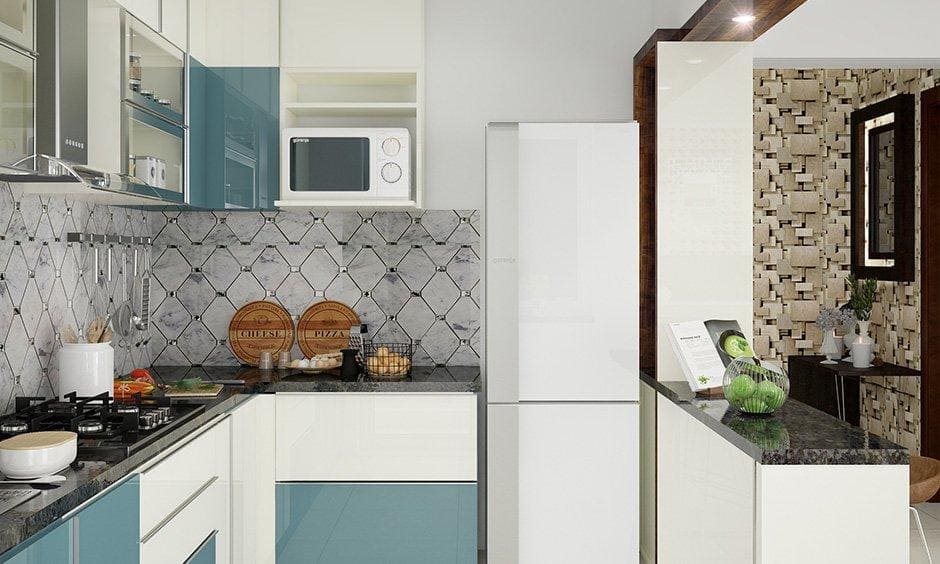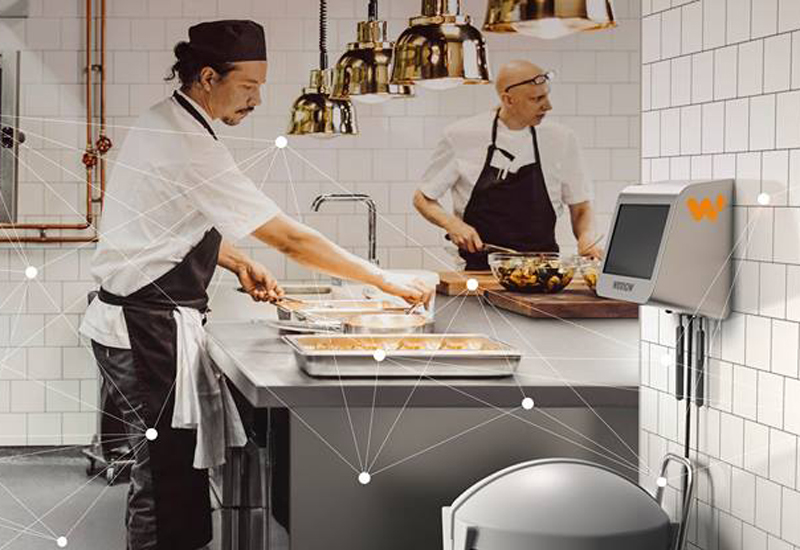In today’s world, where technology seamlessly integrates into our daily lives, the concept of multi-user smart homes has emerged as a revolutionary advancement. With the rise of smart technology, homes are no longer just living spaces; they are becoming interactive environments that cater to the needs of multiple users. This transformation is particularly significant for creative professionals, who often seek innovative solutions to enhance their living and working experiences.

Understanding Multi-User Smart Homes
At the heart of multi-user smart homes lies the ability to personalize experiences for each inhabitant. Unlike traditional smart homes, which often cater to a single user, these advanced systems recognize and adapt to the preferences of multiple people. By doing so, they create a harmonious living environment where everyone can enjoy tailored experiences.
The primary keyword, multi-user smart homes, is gaining traction as more households realize the benefits of personalized automation. These homes utilize cutting-edge technology to ensure that each resident can interact with their environment in a way that suits their unique needs.
Key Features of Multi-User Smart Homes
- Personalized Profiles: Each user can have a profile that stores their preferences, from lighting and temperature settings to preferred music playlists.
- Voice Recognition: Advanced voice recognition technology allows the system to identify who is speaking and adjust settings accordingly. Learn more about voice assistants’ multi-user capabilities.
- Shared Devices: Devices like smart speakers and displays can cater to multiple users without conflict, ensuring a seamless experience for everyone.
The Role of AI in Multi-User Smart Homes
Artificial Intelligence (AI) plays a pivotal role in the functionality of multi-user smart homes. By employing machine learning algorithms, these systems can predict user preferences and automate tasks accordingly. This capability not only enhances the user experience but also increases the efficiency of the home.
AI-driven systems are designed to learn from user interactions, continuously improving their performance. For instance, if a resident frequently adjusts the thermostat at a certain time, the system will learn this pattern and make the adjustment automatically. This level of intelligence is what sets multi-user smart homes apart from their predecessors.
Benefits of Multi-User Smart Homes
The advantages of multi-user smart homes extend beyond convenience. For creative professionals, these homes offer an environment that fosters productivity and creativity. With personalized settings, individuals can create the perfect ambiance for work or relaxation, enhancing their overall quality of life.
- Enhanced Collaboration: In homes shared by multiple creative professionals, these systems facilitate collaboration by ensuring that shared spaces meet everyone’s needs.
- Efficient Resource Management: By optimizing energy usage based on individual preferences, multi-user smart homes contribute to sustainable living.
- Improved Security: Advanced security features ensure that each resident’s privacy and data are protected, allowing for a secure living environment.
Challenges and Solutions
Despite their numerous benefits, the implementation of multi-user smart homes is not without challenges. One common issue is ensuring compatibility across various devices and platforms. However, the introduction of the Matter standard is addressing these compatibility concerns, paving the way for seamless integration.
Another challenge is maintaining user privacy in a multi-user setting. To tackle this, developers are employing robust security measures, such as data encryption and user authentication, to protect personal information.
Future Prospects of Multi-User Smart Homes
The future of multi-user smart homes looks promising, with advancements in technology continuing to drive innovation. As AI becomes more sophisticated, these homes will offer even greater levels of personalization and automation. Additionally, the integration of new technologies, such as virtual reality and augmented reality, could further enhance the living experience.
For more insights into the future of smart technology, visit this informative article on voice assistants.
The Impact on Creative Professionals
For creative professionals, multi-user smart homes offer a unique opportunity to merge work and home life seamlessly. By providing personalized workspaces and collaborative environments, these homes can boost productivity and creativity.
Imagine a home studio that automatically adjusts lighting and sound settings to match a musician’s preferences or a home office that optimizes the environment for focus and inspiration. Such possibilities are becoming a reality with the advent of multi-user smart homes.
How to Get Started
Transitioning to a multi-user smart home can seem daunting, but with the right approach, it can be a smooth process. Start by identifying the needs of each resident and selecting compatible devices that cater to these preferences.
It’s also essential to invest in a robust network infrastructure to support multiple connected devices. Consulting with experts in smart home technology can provide valuable insights and ensure a successful implementation.
Conclusion
The evolution of multi-user smart homes marks a significant milestone in the way we live and interact with our environments. These homes offer a level of personalization and convenience that was once unimaginable, making them an ideal choice for creative professionals seeking to enhance their living and working experiences.
As technology continues to advance, the potential for multi-user smart homes is limitless. By embracing this innovation, we can create living spaces that are not only functional but also inspiring and sustainable.

FAQs
What is a multi-user smart home?
A multi-user smart home is a living space equipped with technology that can recognize and cater to the preferences of multiple residents, offering personalized experiences for each user.
How do multi-user smart homes enhance productivity?
By providing personalized settings for work and relaxation, multi-user smart homes create an environment that fosters productivity and creativity, particularly for creative professionals.
Are multi-user smart homes secure?
Yes, multi-user smart homes employ advanced security measures, such as data encryption and user authentication, to ensure the privacy and safety of each resident.
This article contains affiliate links. We may earn a commission at no extra cost to you.





